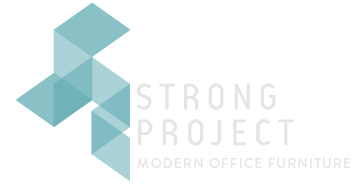The implications of virtual and augmented reality are staggering, and the technology is closer than you think. Estimates show investments in AR and VR will increase from $5.2 billion in 2016 to $162 billion by 2020. Furthermore, augmented and virtual realities are on course to completely change the workforce, not just with office space usage or employee satisfaction and productivity, but the way we work entirely.
What comes to mind when you hear the words “virtual” or “augmented reality?” Perhaps you have a space-age vision of a cold, minimalist office, outfitted with weird gadgets. But in today’s world, VR and AR can impact employee training, communication, productivity, customer service, and help streamline your office design.
There is a distinct difference between virtual and augmented reality. Both require similar devices to project or enhance what we already see and interact with–using wearables such as the Oculus Rift. However, VR transports you to an entirely different reality, while AR takes your existing environment and enhances it.
AR in particular has the potential to change industries such as advertising and manufacturing. The more wearables rise in popularity, the more opportunities companies have to embed augmentation into their products. Manufacturers using AR can give employees hands-on experience in real-world scenarios without disrupting the flow of an assembly line.
So what does this mean for your office design and how you move through your work day?
READ THE FULL ARTICLE AT INC.

Want to explore more? Check out these related topics:




